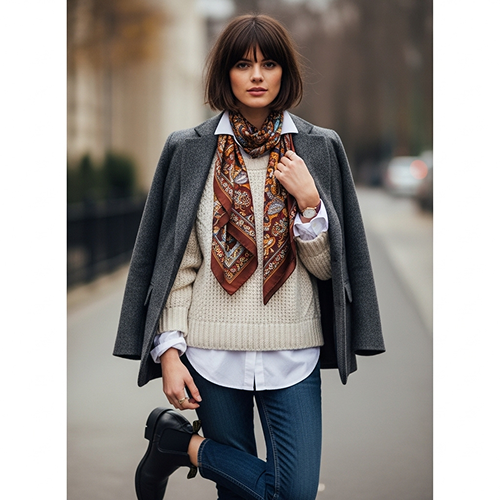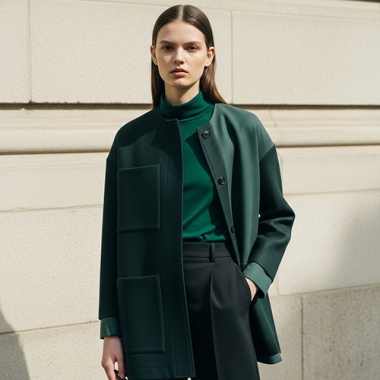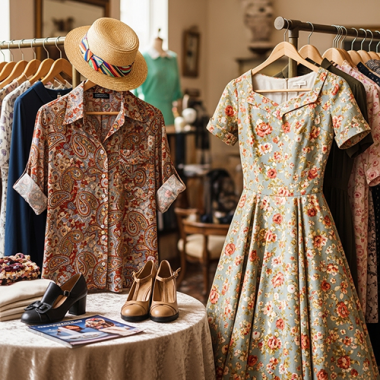While high fashion runways and glossy magazines often dictate trends, true innovation and authentic expression in clothing frequently bubble up from the asphalt of urban landscapes. Street style, a vibrant and dynamic force in the fashion world, refers to the outfits worn by individuals in everyday settings, often showcasing unique, personal interpretations of current trends, or even pioneering entirely new ones. It is fashion from the ground up, a democratic display of creativity that reflects real people, real lives, and the true pulse of contemporary culture.
Unlike the curated, often aspirational looks presented by designers, street style is raw, immediate, and incredibly diverse. It’s about how individuals adapt, mix, and personalize clothing to suit their own identity and environment. From the edgy ensembles of Tokyo’s Harajuku district to the effortless chic of Parisian sidewalks, and the bold statements seen in New York’s SoHo, street style offers a kaleidoscope of sartorial expression. It’s a living, breathing fashion show happening constantly on the world’s busiest streets.
One of the most significant aspects of street style is its role as a trend incubator. Many mainstream fashion trends, from oversized silhouettes and distressed denim to the resurgence of sneakers as high-fashion items, originated not on the runway, but on the streets. Designers and fashion houses increasingly look to street style for inspiration, recognizing that true innovation often comes from individuals who are experimenting with clothing in their daily lives, unconstrained by commercial pressures or traditional fashion rules. This bottom-up influence has democratized fashion, giving power to the individual dresser.
The essence of street style lies in its individuality and authenticity. It’s not about following rules, but about breaking them. It’s about mixing high-end designer pieces with vintage finds, thrift store treasures, and everyday basics. It’s about unexpected layering, unconventional color combinations, and bold accessory choices that reflect the wearer’s personality, mood, and cultural influences. This emphasis on personal expression makes street style incredibly relatable and inspiring, as it showcases how anyone can develop a unique fashion voice.
Furthermore, street style is a powerful reflection of cultural shifts and social commentary. What people wear on the streets often mirrors broader societal changes, political sentiments, and evolving social norms. Subcultures, protest movements, and artistic communities often find their visual voice through distinctive street style aesthetics. It’s a visual language that communicates identity, belonging, and sometimes, rebellion, making it a rich source of sociological insight as well as fashion inspiration.
The rise of social media platforms and dedicated street style photography blogs has amplified its influence exponentially. What was once a localized phenomenon is now instantly global. A unique outfit spotted on a street in Milan can inspire millions worldwide within hours, fostering a global conversation about style and accelerating the dissemination of trends. This digital accessibility has made street style a constant source of fresh ideas for both industry professionals and everyday fashion enthusiasts.
Ultimately, street style reminds us that fashion is not just about clothes; it’s about people. It’s about how individuals use clothing as a tool for self-expression, a way to navigate their urban landscape, and a means to connect with their communities. It celebrates the everyday creativity that exists outside the traditional fashion establishment, proving that the most compelling and influential style often emerges organically, from the ground up, on the vibrant streets of the world.



